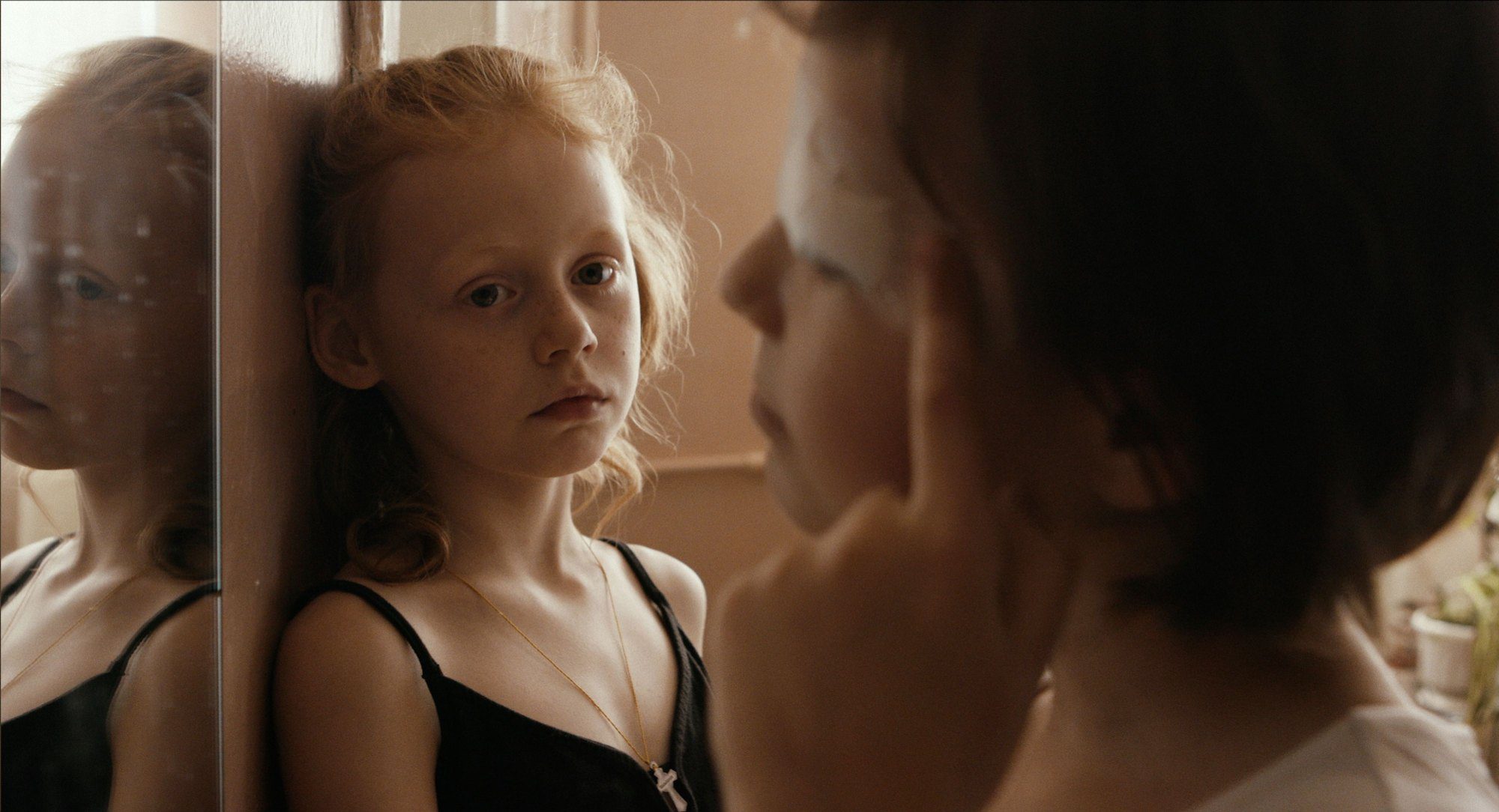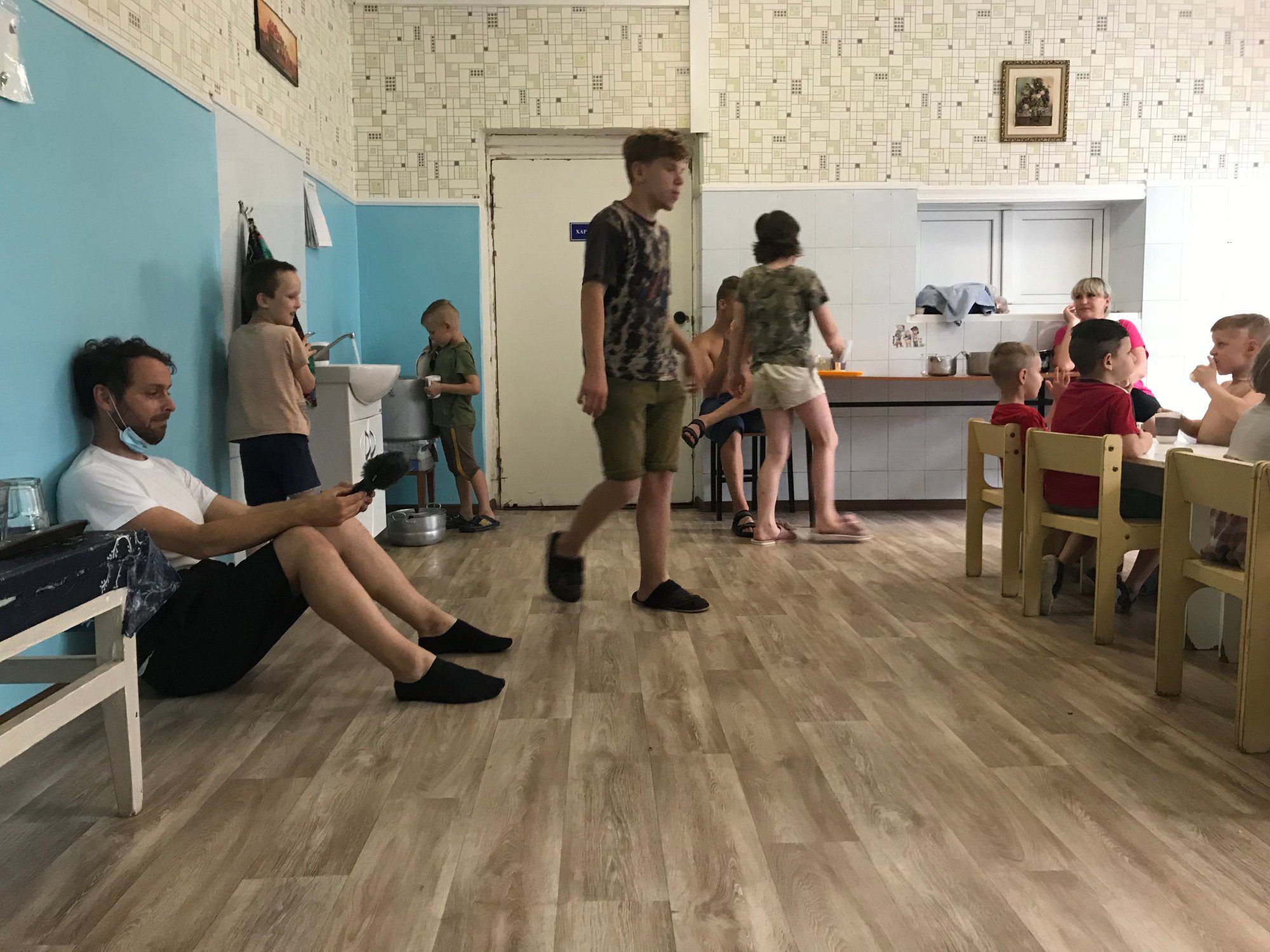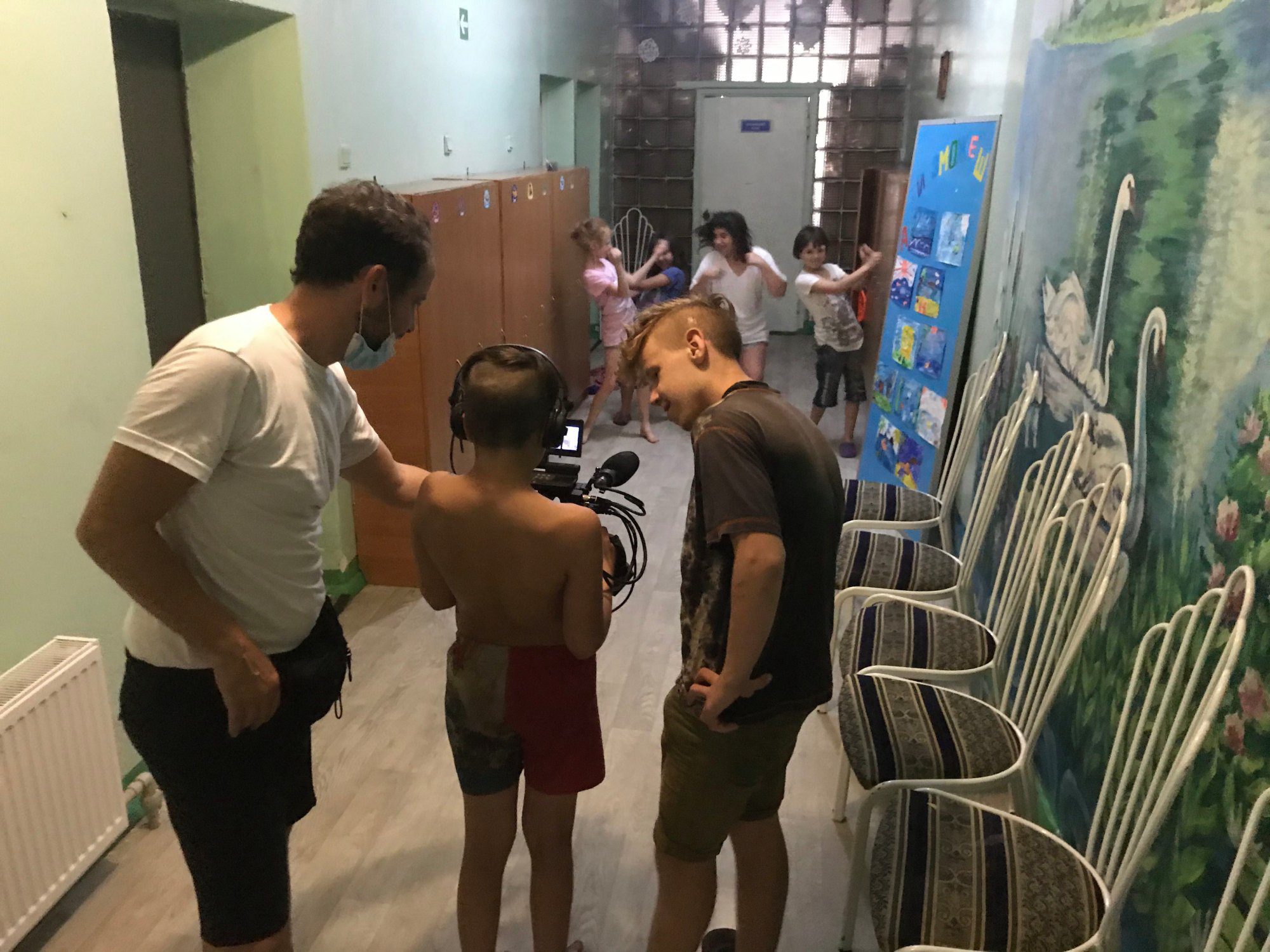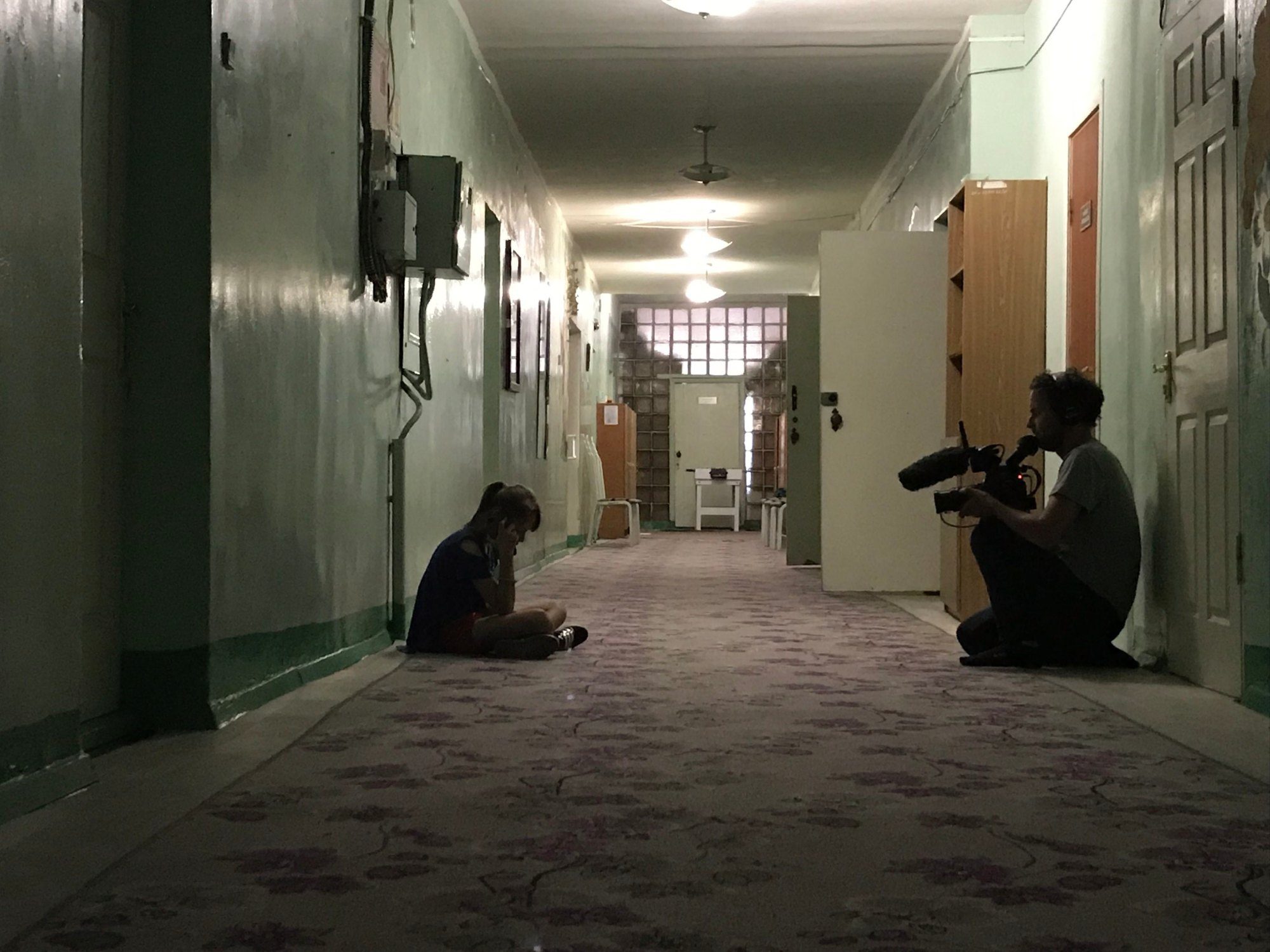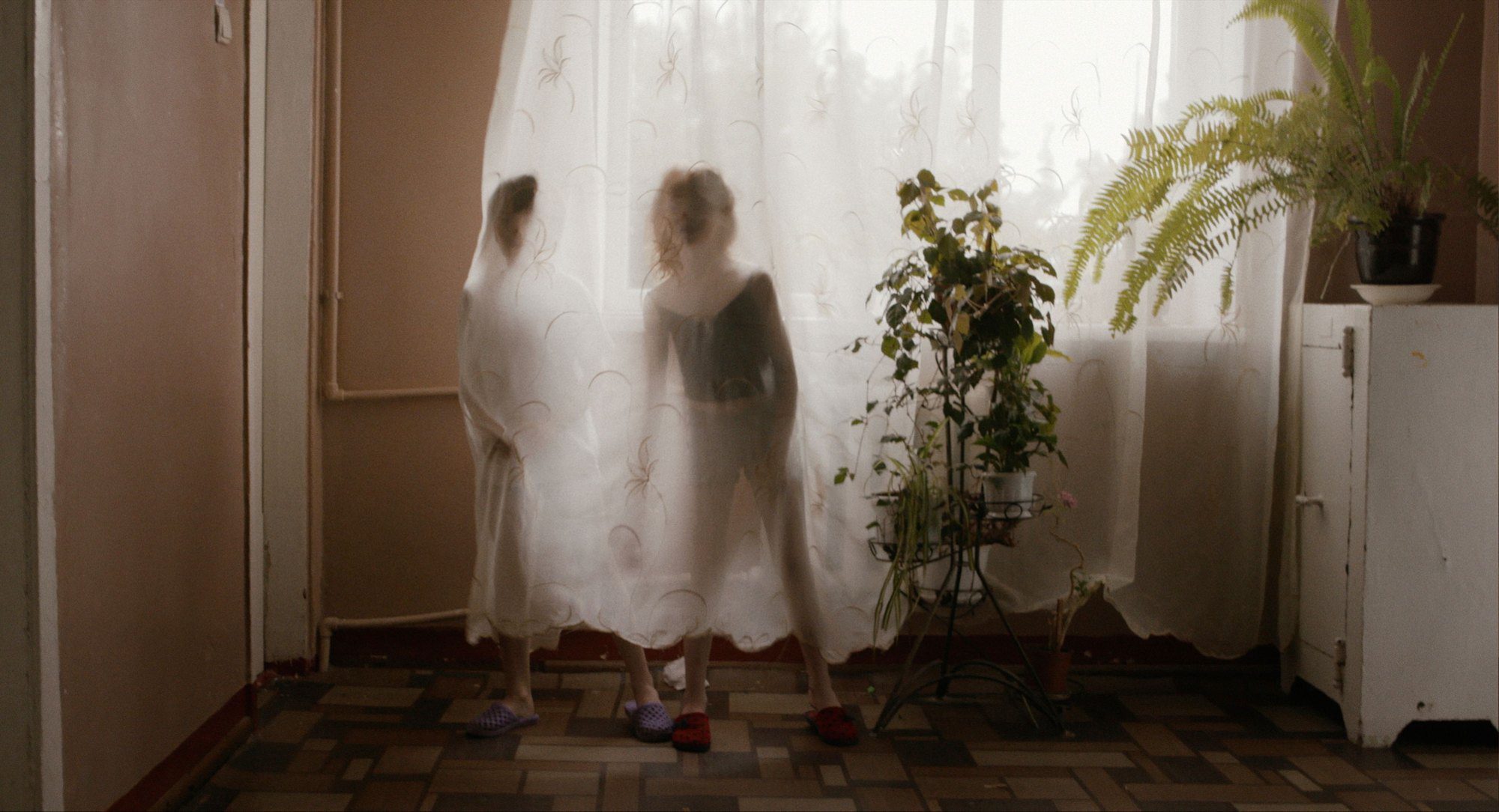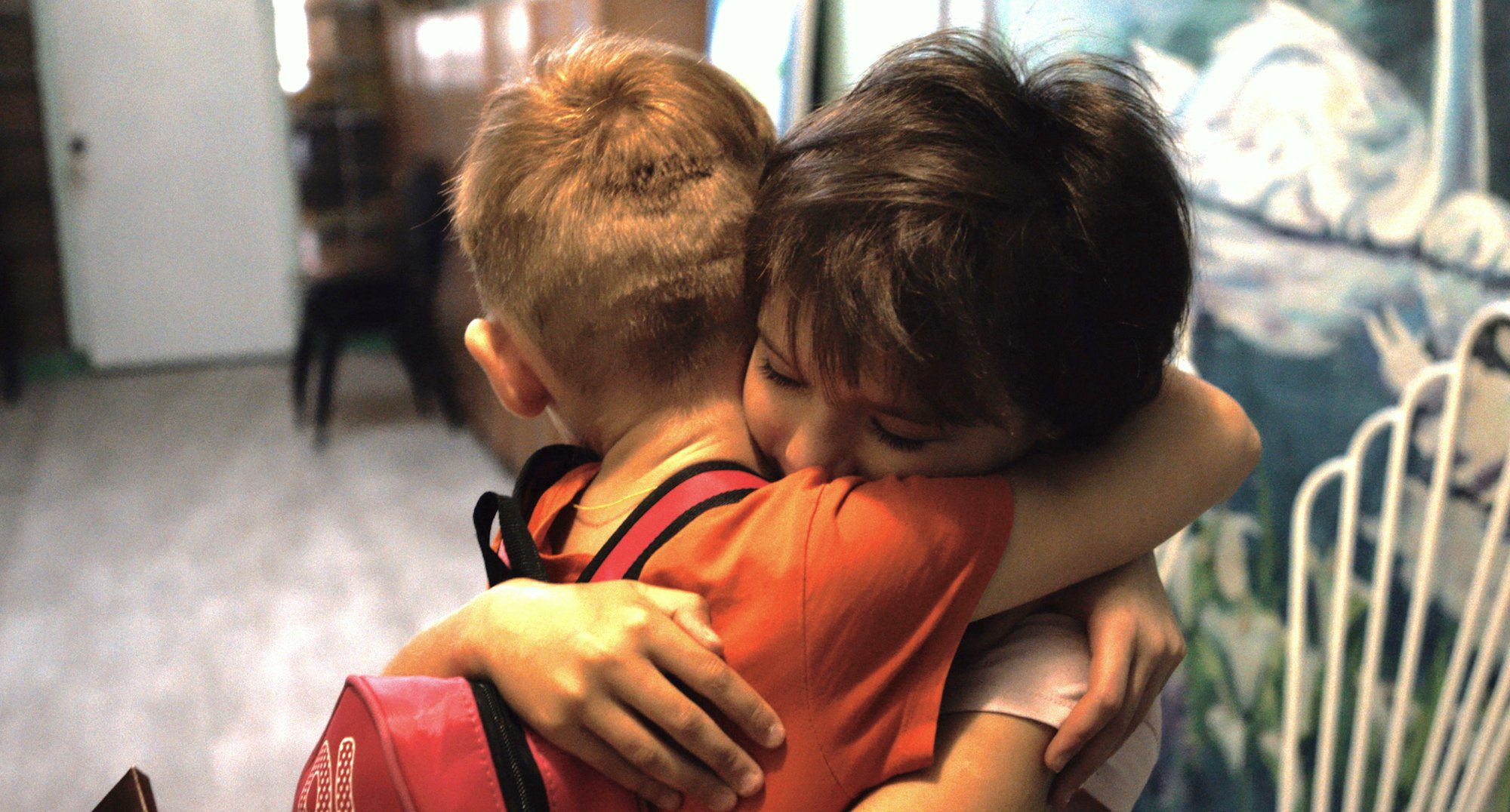Dane Simon Vilmont Visited the East of Ukraine and Shot a Film About a Children’s Shelter, Which Was Already Nominated for an Oscar. Zaborona Spoke to Him
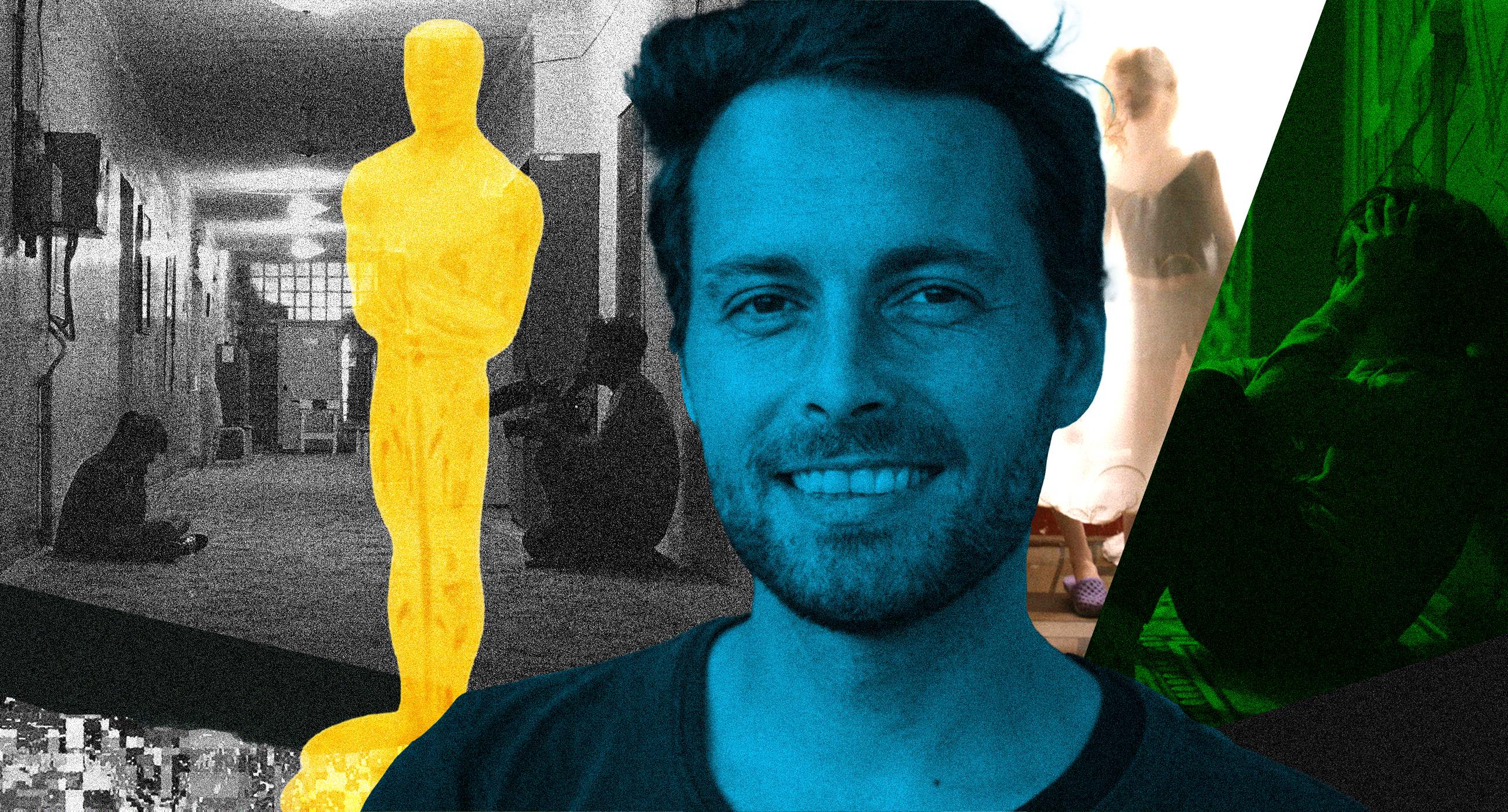
Perhaps Ukraine (along with three Scandinavian countries) will receive an Oscar for the first time for the documentary “A House Made of Splinters” — it tells the story of growing up in an orphanage in eastern Ukraine during the war. The editor-in-chief of Zaborona, Kateryna Sergatskova, spoke with its director, Simon Vilmont, about his little heroes and why films better convey the horrors of war to a world audience already tired of images in the media.
Your films are about children. They seem to give the audience relief and understanding that life goes on: children will grow up, and everything will be fine. Why did you decide to document the lives of children in Ukraine?
I remember a time when I was a teenager. It is one of the most dramatic periods in my life. So much drama and universal stories happen at this time. I have a twin brother, so I wanted to understand how children cope [with difficulties] on their own when they don’t have a twin. I was also very interested in learning how to experience adolescence when you grow up so close to physical danger. Where to look for comfort and a sense of stability?
“A House Made of Splinters” is about that. These children have seen a lot of bad things, but they do not lose hope. They value friendship. They fall in love. They gravitate towards warm and loving relationships. And they also rely on each other. I believe this is the most beautiful story about ordinary people needing each other.

A frame from the movie “A House Made of Splinters”. Photo courtesy of the film crew
How did you choose this orphanage?
Together with the director’s assistant, we visited many orphanages and shelters. Many of them were institutionalized — large buildings with strict rules. They may have taken good care of the children’s physical needs, but they may not have paid attention to their emotional needs. At least, that’s the impression we got.
It was completely different when we opened the door to that shelter [that was in the film]. It was much smaller and very worn. Pictures hung on the wall, little children ran, shouted, were happy, and were children. There was a beautiful teacher who taught the girls music. It seemed that it was not at all like an ordinary orphanage. It was such a homely, welcoming feeling: a place that waits, welcomes, and cares for you. I was curious to find out why this place was so different.
In total, I went to shoot [to this orphanage] 10 or 11 times. Each trip is one week, up to ten days. And this for a year and a half.



Filming. Photo courtesy of the film crew
In Denmark, children are at the forefront of political and educational discourse. Maybe your background is why you focus on and care for children?
I don’t think so. One of the important parts of our story is to share with the world and highlight the devastating and long-term effects of what happens during war and how it slowly destroys society. In the end, it is always the children who suffer. And these children are the hope for the future, they are still the hope for the future of Ukraine.
From the beginning of filming in the East of Ukraine, I began to learn the Ukrainian language. Now I know it at the level of a 6-year-old child. So the younger the kids, the better I understand them. Yes, I don’t speak Ukrainian perfectly, but I understand quite a lot and at least know what is being said. I have spent so much time with educators and students that I have begun understanding the rhythm of their lives, dreams, hopes, and fears.
What did you learn from the children in Donbas?
I significantly expanded my Ukrainian vocabulary, in particular, swear words. But seriously, I think these kids are fascinating. They are open. They love other children. They are optimistic and have a zest for life. They hold up well.
How do they find the strength to do this?
Turning to others. Making new friends. Or — caring for one’s own brothers and sisters, finding love in it. But apparently, a few adults are also good at guiding them in the right direction.

A frame from the movie “A House Made of Splinters”. Photo courtesy of the film crew
Images of destroyed buildings are how Ukraine is currently presented in mass media images. There is an opinion that people get tired of war because of such shots. What would be a better way to show what war is?
It is an excellent question. A tough balance is required. And I’m not sure I have the correct answer. At some point, you have to show cruelty so that people understand it. But you can’t overload them because then the audience gets used to it, and their feelings slowly close.
You are well aware that in the last year, the media has been flooded with images of war. And that’s why a film like mine, as well as the films of talented Ukrainian cinematographers, bring you closer to our heroes, you spend more time with them and get to know them better. You start to feel sympathy. You want these people to succeed or for something good to happen. After all, you only feel shocked by stories from the “news drum.” Sometimes people in the stories cry, but you may not identify with them — because these stories are short, and their characters do not have time to become close to you.

A frame from the movie “A House Made of Splinters”. Photo courtesy of the film crew
Would you like to go to Ukraine and shoot a new documentary?
I wish. And it would be an amazing dream to make a third film. I know many really talented Ukrainian filmmakers who live in Ukraine. Some of them are fighting in the ranks of the Armed Forces. And that is why I feel that it is not for me to tell this very cruel chapter in the life of Ukraine. Because I do not suffer and do not feel the consequences of war. Personally, I am safe in Denmark. So is this my story? I feel it’s wrong.
But you have already made two films about Ukraine?
Yes, but then the war was not so terrible. It was not as brutal and all-encompassing as it is now. I hope this all makes sense — so many lives are lost daily, and you can’t feel safe anywhere in Ukraine. You have to live in a country to understand the long-term and feel how reality changes you.

